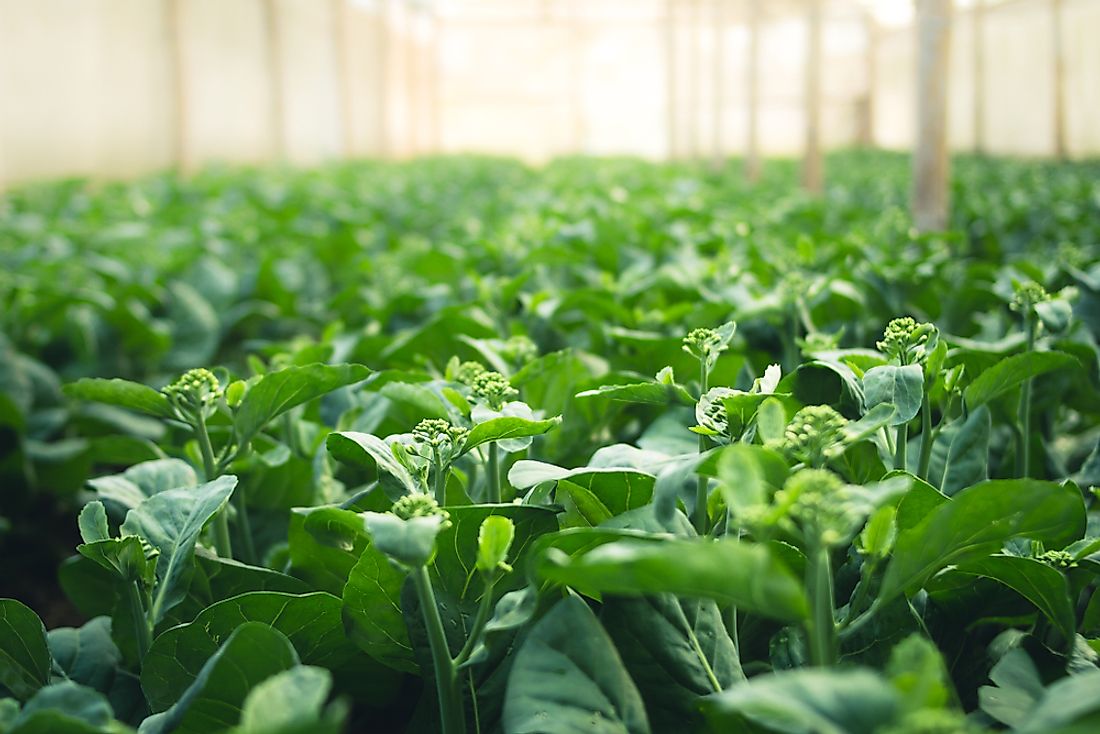What Is A Seawater Greenhouse?

A seawater greenhouse is a special type of greenhouse that allows the growth of crops in dry regions such as arid and semi-arid using solar energy and seawater. The technique behind a seawater greenhouse involves pumping seawater to an arid region and use it to humidify the air. It is also evaporated using solar energy before the vapor is distilled to produce fresh water. The humidified air is slowly released from the greenhouse to aid outdoor plantations. Seawater with a high concentration of salt can be evaporated to produce salt before it is released back to the sea. The seawater greenhouse technology was invented in the early 1990s by Charlie Paton as a response to the shortage of freshwater around the globe.
History of Seawater Greenhouses
Seawater Greenhouse Ltd. conceived the concept in 1991. The first prototype was conducted successfully on the Canary Island. Several changes were made to the prototype including the use of lighter steel structures to lower the cost of setting up the greenhouse and transporting the structure to its destination. The second large-scale project was undertaken in 2000 in the United Arab Emirates while the third project was conducted four years later in Muscat, Oman. These projects validated the concept and showed its applicability for use in larger scale crop production.
How Does Seawater Greenhouses Work?
A seawater greenhouse requires three inputs to function; the atmosphere, the sea, and the sun. The entire process is based on the natural hydrological cycle but within an artificially controlled environment. The front wall of the greenhouse consists of a seawater evaporator that is made of honeycomb lattice directed towards the prevailing winds. As the water flows over the lattice, it humidifies and cools the air across the plantation area. A special roof allows light to pass through but traps infrared heat. The water is heated by a series of water heating system on the roof, creating hot and saturated air that is directed to a condenser that condenses the vapor to liquid fresh water.
Applications of a Seawater Greenhouse
A seawater greenhouse should be located a short distance from the sea to minimize the energy required to pump water. The Sundrop Farms in Australia are a perfect example of the application of the seawater greenhouse. The farms employ a more robust method of desalination that allows the construction of much larger facilities. Tons of tomatoes are produced annually by using sunlight and salt water alone. In 2016, the farm commissionned an additional 20 hectares.











